Medical Physics hosts In2ScienceUK Placements
2 September 2022
The department hosted sixth form students over August 2022 helping to promote equality and diversity in STEM
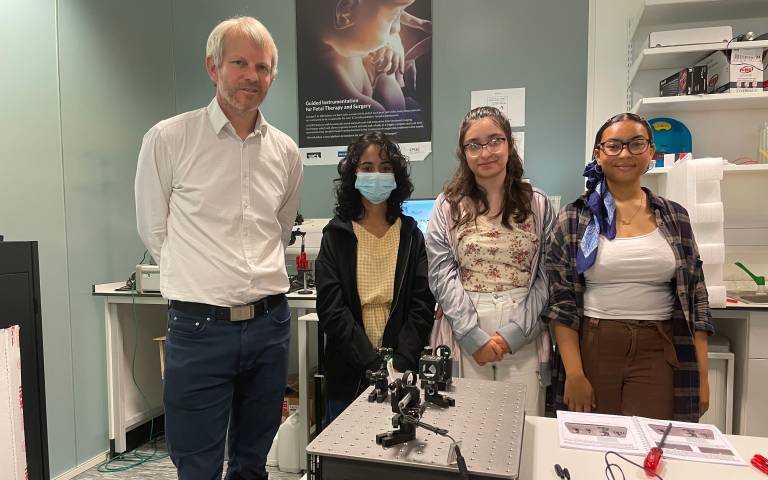
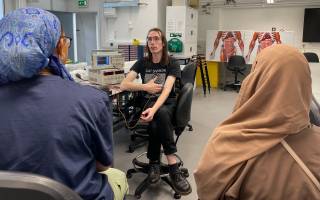
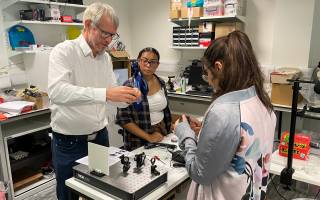
In2scienceUK was founded in 2010 with the aim of providing young people from low-income and disadvantaged backgrounds an opportunity to gain practical insight into the STEM sector as well as the knowledge and confidence to progress to university. To date, 75% of students who participated in their placements have progressed onto STEM degrees.
Dr Liam Collins-Jones has written more about his placement students below:
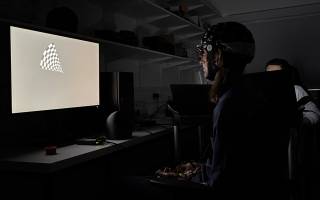
The students observed the breadth of work we do in the Diffuse Optical Tomography in the Human Brain (DOT-HUB) research group. At the start of the week, we spent time discussing the underpinning theories behind medical imaging and conducting phantom data collection. This fantastically complemented the more applied practical activities.
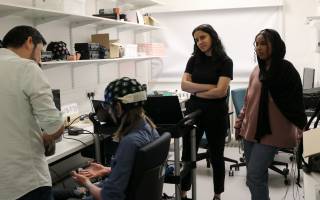
In addition, I was keen for the students to see the multi-disciplinary nature of working in the brain imaging research field, and so I took the students to the labs of my collaborators at the Birkbeck Centre of Cognitive and Brain Development. Here, my colleague Paola conducted a demonstration of the motion sensing and virtual reality environment that’s used to illicit naturalistic brain responses in toddlers; this was fantastic to show the intersection between engineering and psychology.
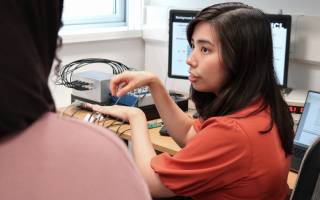
The guidance from In2Science was to give the students a realistic view of what it is like to work in STEM. In their feedback, the students said they felt they had gained an in-depth insight into working in physics and engineering, and really appreciated the opportunity to meet physicists and engineers in-person and ask questions. I thank all members of DOT-HUB who got involved, and I strongly encourage other colleagues in MPBE to get involved with In2Science next year.
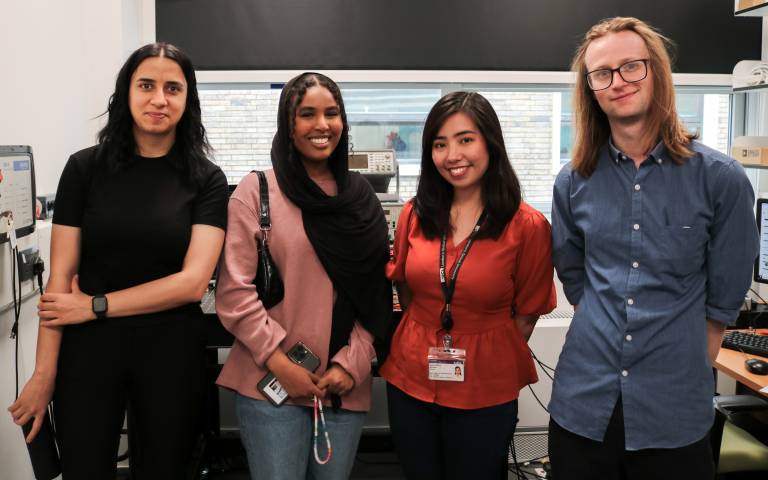
 Close
Close

